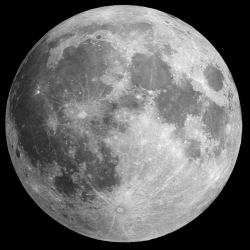
Science for the Masses, an independent “citizen science” organisation that operates from the city of Tehacapi, theorised that Chlorin e6, a natural molecule that can be created from algae and other green plants, could enhance eyesight in dark environments.
The molecule is found in some deep sea fish, forms the basis of some cancer therapies and has been previously prescribed intravenously for night blindness. Eff Tibbets, the lab’s medical officer, said: “There are a fair amount of papers talking about having injected it in models like rats and it’s been used intravenously since the 60s as treatments for different cancers. After doing the research, you have to take the next step.”
The next step was to moisten the eyes of biochemical researcher and willing guinea pig Gabriel Licina’s eyes with 50 microlitres of Ce6. The effect was apparently almost instantaneous and, after an hour, he was able to distinguish shapes from 10 metres away in the dark and soon at even greater distances.
“We had people go stand in the woods,” Licina said, “At 50 metres, I could figure who they were, even if they were standing up against a tree.” The control group without Ce6 were only able to pick out the objects a third of the time, while Licina’s success was 100 per cent. The effect of the chemical only lasted for a few hours and the test subject’s eyesight returned to normal the next day.
The organisation has released a paper that detailed the experiment in their website. It says that more research will need to be conducted to measure the actual amount of electrical stimulation increase in the eye whilst the long term effects of the procedure will require further investigation.
